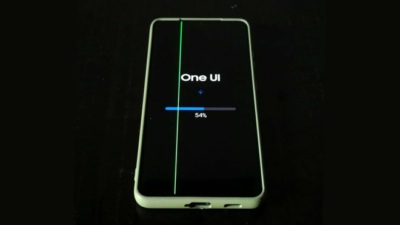Internet Explorer Officially Dies With February 14 Patch Day

With the patch day on February 14, 2023, Microsoft will herald the final step for the end of Internet Explorer. IE is retired via an update and should then no longer be able to be activated again.
death on valentines day
Now the very last chapter is being opened, because the “permanent deactivation” of Internet Explorer 11 on Windows 10 is scheduled for February 14, 2023. Support for this has not been available since mid-2022. On patch day, a regular Edge update will deal the death blow to IE. It adds a change that redirects every launch (attempt) of Internet Explorer to Edge.
The whole thing should work like this: Windows 10 users who are currently still using Internet Explorer are automatically redirected to Edge every time they start IE. Internet Explorer will no longer be usable. However, IE is not automatically deleted, as Microsoft initially announced, and there is a simple reason for this: the existing installation is currently still being used for the so-called IE mode in Edge.
“Any remaining devices that have not yet been redirected from IE11 to Microsoft Edge are scheduled to be redirected with the Microsoft Edge update scheduled for February 14, 2023,” the accompanying support post reads. “The change to using a Microsoft Edge update to disable IE is intended to provide a better user experience and help organizations transition their last remaining IE11 users to Microsoft Edge.”
The final chapter in the history of IE
Internet Explorer 11 was released in 2013. Microsoft finally replaced the Internet Explorer version 11 years ago with its successor Edge. But IE is still there, and more deeply integrated than is widely believed. This is mainly due to the fact that many companies continue to use IE for legacy applications.
Digital marketing enthusiast and industry professional in Digital technologies, Technology News, Mobile phones, software, gadgets with vast experience in the tech industry, I have a keen interest in technology, News breaking.











